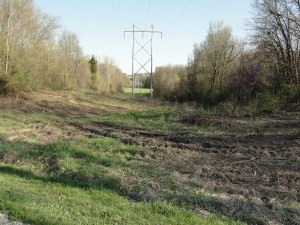The much anticipated Forest Management Plan arrived.
I knew the basics of what was to be in the plan (get rid of brush, invasive species, and thin out the trees that are too close together), but I was looking forward to seeing the specifics.
On my first reading, I didn’t understand most of it. I’d start reading a sentence, and then stop to look up a word (usually words) that I didn’t understand. Then I needed to Google the words to more fully understand their meaning. Finally, I’d return to the Forest Management Plan and finish the sentence. On to the next sentence.
Little by little, I made my way through the plan. It had been signed-off by the District Forester and forwarded to the Secretary of State’s Office, so I presumed the tax issues were resolved. But I did make a copy and send it to the County Assessor’s Office, just so she knew that things were in the works.

I did learn some things in my reading through the Forest Management Plan:
My goals are to “maintain visual aesthetics of the forest and provide for hiking and mushroom hunting opportunities.”
No wetlands were on the property (I think that’s probably a good thing.)
I’m interested in “maintaining or increasing the wildlife habitat and diversity.”
There are no threatened or endangered species on the property (That’s also good, I think.)
There are “No cultural, archeological, or historical sites” located on the property. I wasn’t sure what that meant, but I was soon to find out.
Now that I had a plan (Actually, this is Plan B. Plan A was to just leave everything alone), I was ready to move forward with it, but my Professional Forester recommended one more consultation, with the USDA (Department of Agriculture) local office.
